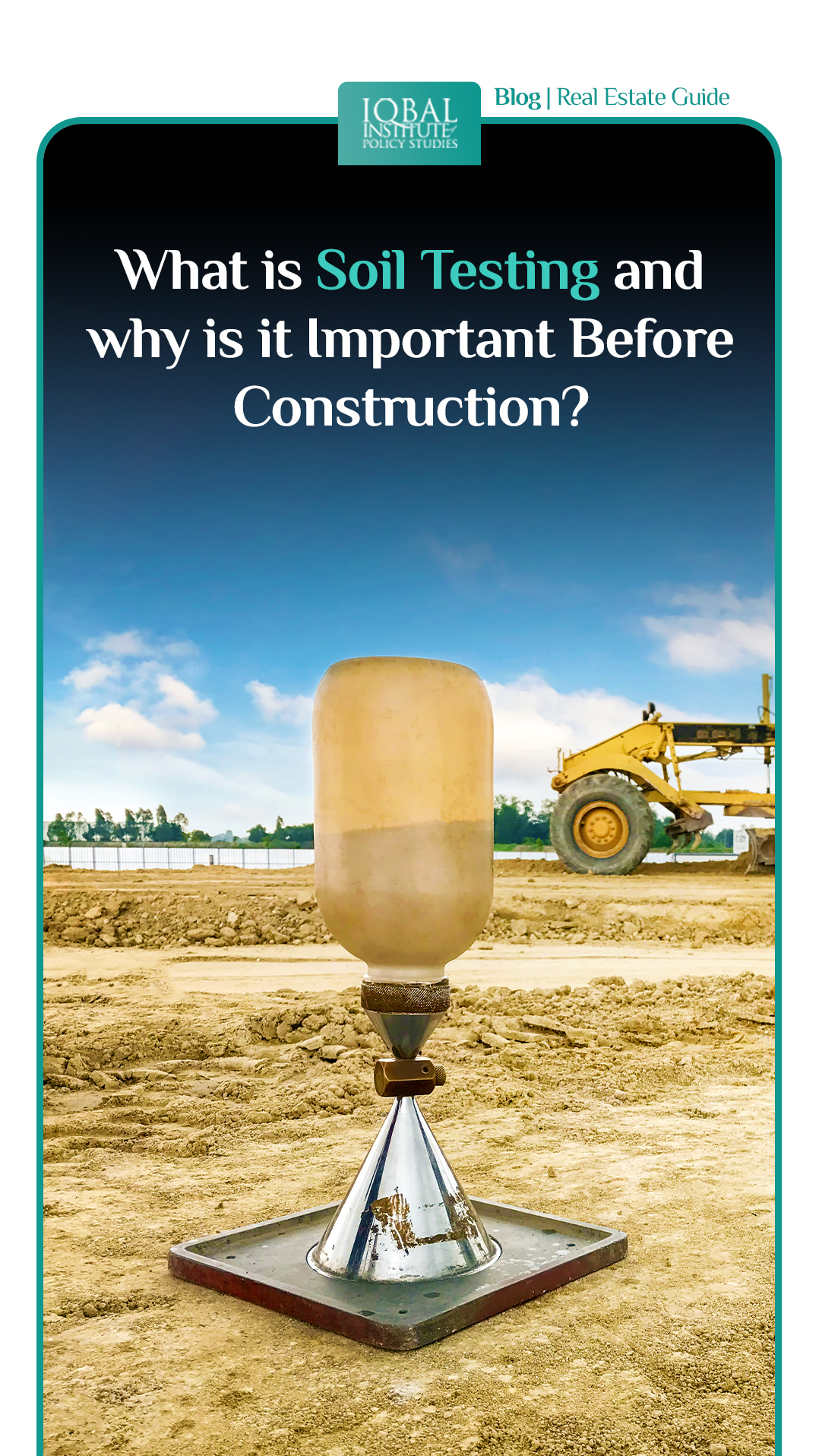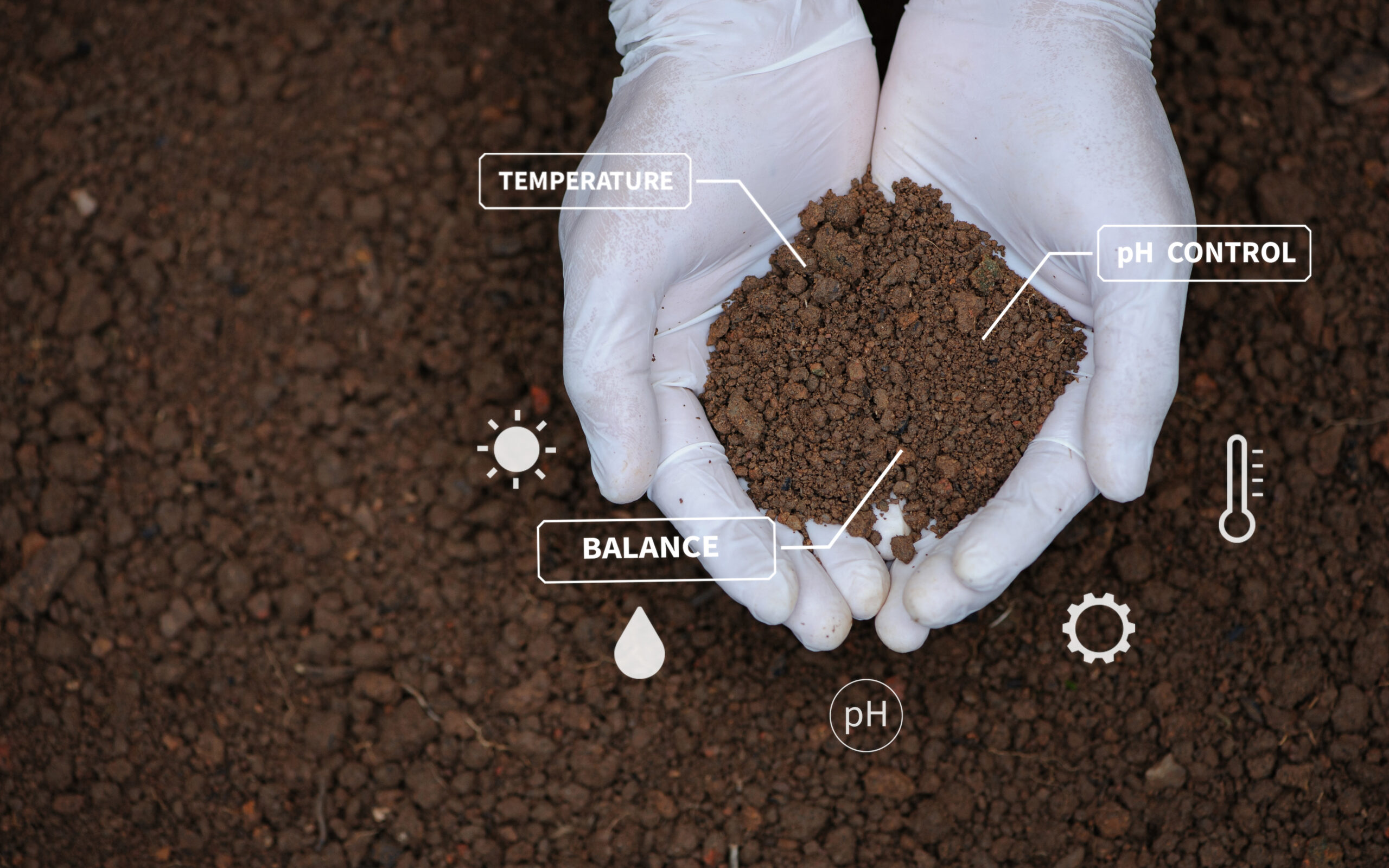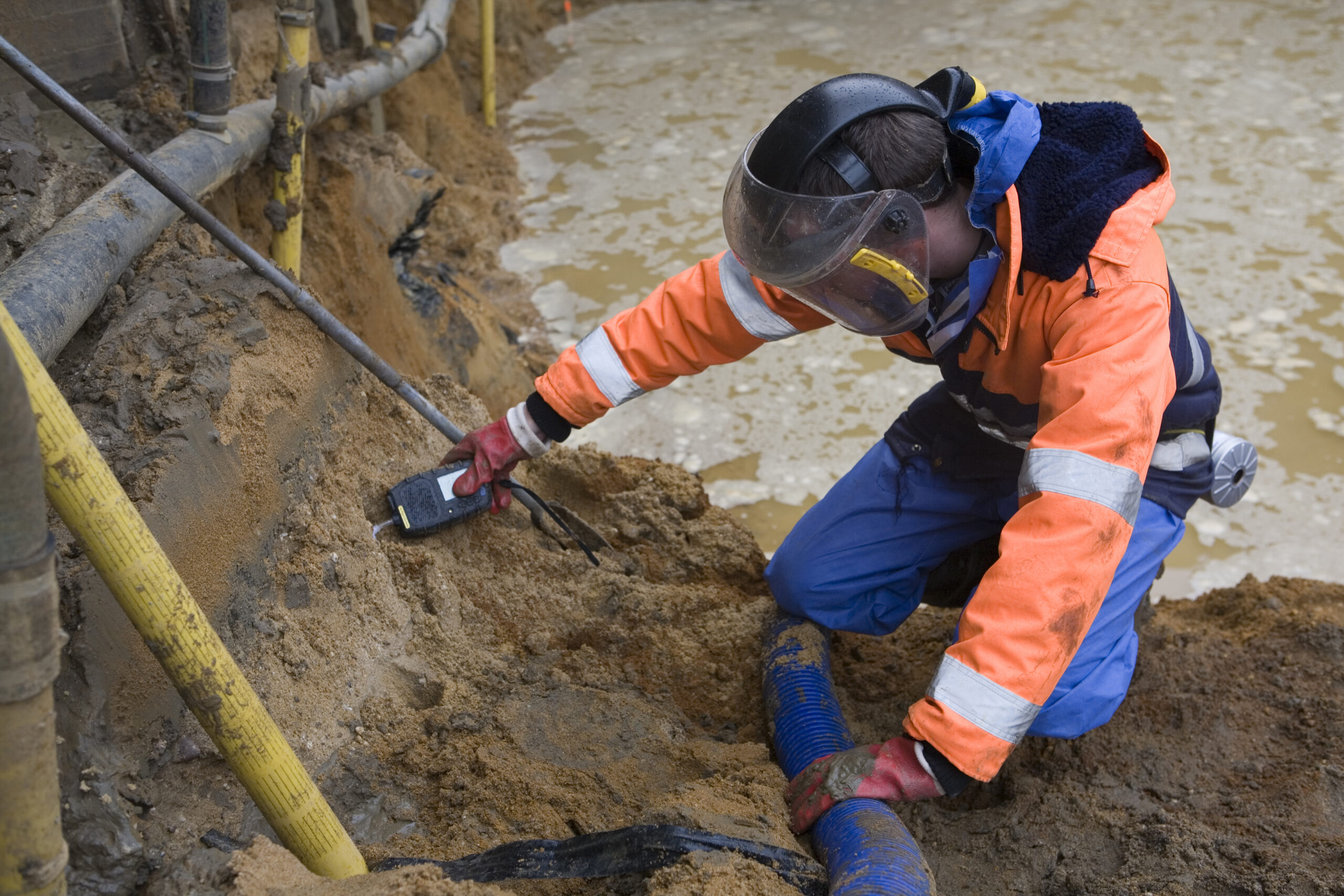Before beginning the construction process, you must test the soil and determine its composition and consistency. Engineers require at least two weeks to obtain all reports and approvals. If the ground is too stiff, you need to break it down with heavy machinery before laying the foundation for your new home. However, if it is too soft, measures have to be taken to make it able to withstand the weight of the house without the soil sinking in.
It is essential to get soil testing done after you purchase the plot and before you start the construction process to prevent your construction project from future hazards. This is one of the most important things to consider during a construction project.
Soil analysis helps lay the foundation of your house. If the soil is untested, the foundation can get defects and may damage the house over time.
Filled land with excavated dirt cannot provide the same strength as natural land. Therefore, construction on a filled plot requires a basement to be made before the house gets started. In addition, soil analysis helps determine the depth and length of pillars inserted into the soil to lay the foundation.
Whether it’s a new building or the attachment of an existing project, soil testing is a necessity for every type of construction project. It confines the soil properties, including porosity, chemistry, structure, and texture.
What is Soil Testing?
In simple words, soil testing is a scientific tool to assess and analyse the inherent physical and other properties of land like stability and weight-bearing capacity etc.
Soil testing for construction helps determine the type of foundation to be laid and analyse how sable the construction project would be.
Why Is Soil Testing Important Before Construction?
You must check the soil quality of the ground where you plan to build your dream house before you start construction.
Soil quality depends on the weather, climate change, and land deployment. The first step in soil testing is determining the soil’s bearing capacity followed by the determination of chemical and physical aspects of the soil. Hence, testing soil quality determines the bearing capacity and ensures structure stabilisation. The ground must be able to bear the weight of the building.
Moreover, the length and depth of the pillar are also determined during the foundation, depending upon the soil quality. In addition, the soil’s water level can only be confined by testing. Based on the soil testing report, you can decide on the quality material for your project.
For instance, if there is moisture in the area and the soil is prone to corrosion, it is essential to choose only corrosion-resistant bars for the construction.
On the flip, if the soil test is not done, the building will be exposed to unknown dangers and might the end outcome could be the collapse of the house or building.
Different Types of Soil Testing For Construction Projects
Depending on the conditions of soil and properties, the geotechnical investigation is carried out from different standpoints. Due to this, a soil analysis can be conducted in many different ways, and we will discuss five of the most common types of soil testing used in construction.
Gravity Test
A gravity test is used to determine the value of soil’s gravity, which is dependent on its grain size. The soil’s mass is tallied based on the soil’s grain size ratio and void space between the grains.
Knowing the gravity of soil helps you understand how porous soil is and how many voids it contains. It also indicates how much dirt is saturated with water. Generally, these measurements can predict whether the site’s soil is stable enough to support the building structure and allow proper drainage.
Moisture Test
This test examines the soil’s behaviour under various conditions, including loading, temperature, and moisture. When the ground is in contact with moisture, moisture content testing determines its performance and sturdiness.
You will be able to know how much weight soil can sustain. If the ground contains enough moisture, it will have a more eminent capacity to bear weight because tightly fitted water molecules provide added support and grip to forming air-water interfaces.
Dry Density Test
This type of soil testing is common. This method involves digging a hole and measuring the dry soil density. To determine the dry density of soil on a construction site, the hole is filled with uniform sand of known dry density.
It will help you to determine the weight and density of a certain amount of soil collected in an absolute dry form.
Proctor’s Compaction Test
Proctor’s compaction test is carried out in a special-purpose laboratory and is used to generate a highly technical soil testing report for construction. The purpose of this test is to determine the characteristics of soil compaction.
It helps you understand the ability of soil to withstand excessive pressures and forces.
Atterberg Limits Test
This is another highly technical type of soil testing that can be carried out on a single soil grain. It helps to identify some prominent characteristics of soil, such as its shrinkage limits and its behaviour upon transitioning into semi-solid, liquid and plastic states.
The test aids in the categorisation of soil and its plasticity characteristics.
Key Takeaway
The test, as mentioned above, can help you save a lot of costs of laying the foundation and ensure a safe, stable and robust base for your dream home.
In addition, soil testing offers many advantages, such as identifying the type of foundation needed, and helps avoid resting foundations on poor soil or inadequate depth, helping identify corrosive soil, identifying soil liquefaction possibilities during an earthquake etc.
The entire process helps them develop a consolidated soil testing report. Once the soil is tested and examined, the site is given a green signal to host your project construction activities.





Leave a Reply